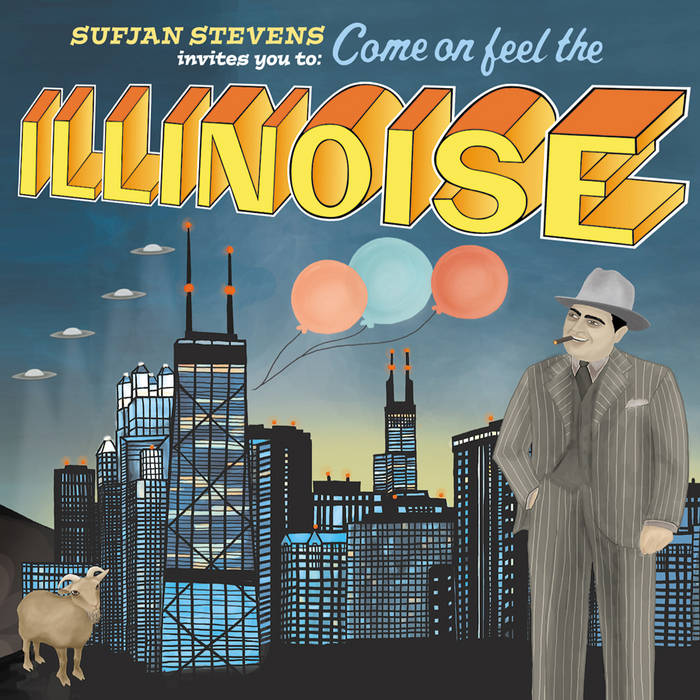With the advent of popular films like Exit Through the Gift Shop and the growing celebrity of artists like Shepard Fairey, street art is having a moment. It’s only natural that local galleries want to cash in, and in a major city like Chicago, it’s relatively easy to do. At the Maxwell Colette Gallery’s most recent exhibit, Text and Drugs and Rock &Roll,—a play on the Ian Dury punk rock classic, “Sex & Drugs & Rock & Roll”—street art takes center stage. Featuring the work of more than 40 artists, the exhibit uses street imagery to challenge societal norms in true countercultural style.
Situated on North Ashland Avenue several blocks from the closest Blue Line stop, the Maxwell Colette Gallery is no easy find. After aimlessly wandering for more than two hours with Google Maps directions in hand, I finally came upon the modern gallery nestled between run-down restaurants and apartments. The bright, open space is an unlikely host of the subversive, sometimes grungy street art of its most recent exhibit. But each piece was clearly carefully selected, and the well-lit gallery serves as an effective locale for taking street art off the streets. Curator Billy Craven wisely forgoes captions on any of the artwork, allowing viewers to draw their own conclusions about each exhibit.
One artist open to a variety of interpretations is notorious Chicago tagger Weed Wolf. Most famous for his graffiti and marijuana leaf signature, a Chicago Reader poll recently named Wolf the “Best Established Artist” of 2011. One of Wolf’s more provocative works is a mirror image of a cat smoking a joint. The original image is of one cat, but Wolf duplicates the image and places it adjacent to the original. The cat serves as one of the poster images for the exhibit. Other Wolf works featured include sketches of guns, knives, and grenades as well as an animation of a waterfall flowing with his signature. Though suggestive of drugs, rebellion, and violence, Wolf’s works highlight the angst of modern society.
Taking the “text” aspect of the exhibit one step further, London-based artist Mark O’Brien incorporates brand-name labels in his work. Staying true to his style as an artist, O’Brien uses recycled cardboard Budweiser packages to make a vintage Les Paul guitar. Shoes made from Stella Artois packaging accompany the guitar. His piece, “Beer and Shoes,” questions the cult of branding and its significance on materials that are easily destroyed and reused. O’Brien is also one of the few artists at the exhibit to use the guitar as a representation of rock & roll; other artists opt for subtler symbols.
Like O’Brien, Ron Copeland questions the legitimacy of the corporate world and branding, but he uses advertising. Arranged comic-book style in colorful panels, his ads sell everything from robots to suits. In a world where zebra-print Snuggies are sold, his ads underscore the absurdity underlying our consumerist society.
Originally from Utah, Colt Bowden focuses more on the “street” aspect of street art. His collections of street signs vary. Some simply contain city names like “New York” or “Louisville,” while others give a deeper portrayal of city life with curt messages like “Fight” and “Hobos Arrested on Site.”
In an ‘Occupy’ world, “Text andDrugs, and Rock & Roll” has an especial resonance. Its art takes to task our unjust, materialistic society in scathing, creative fashion. If you couldn’t make it to the protests, take a trip to this exhibit as a sign of solidarity.








